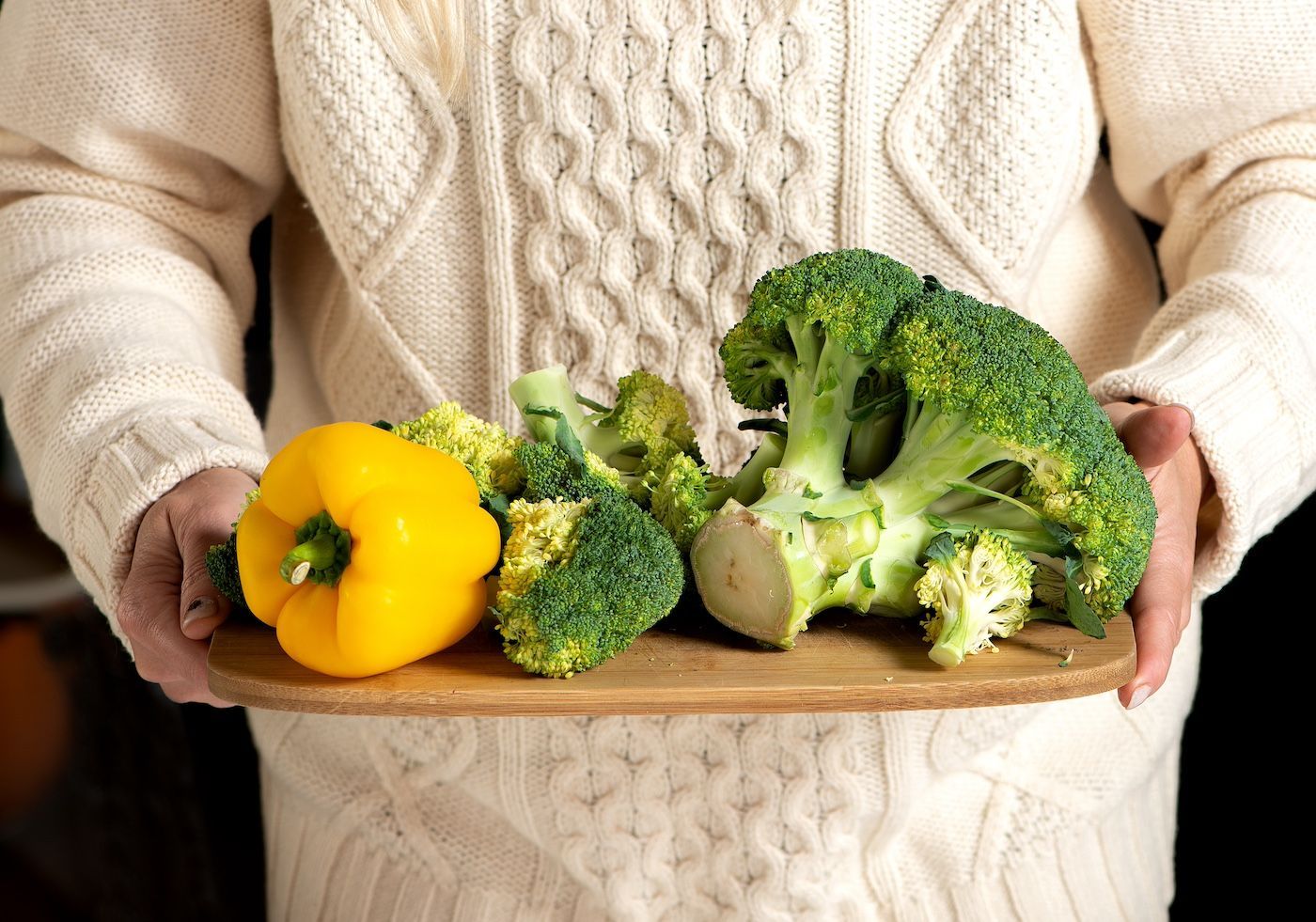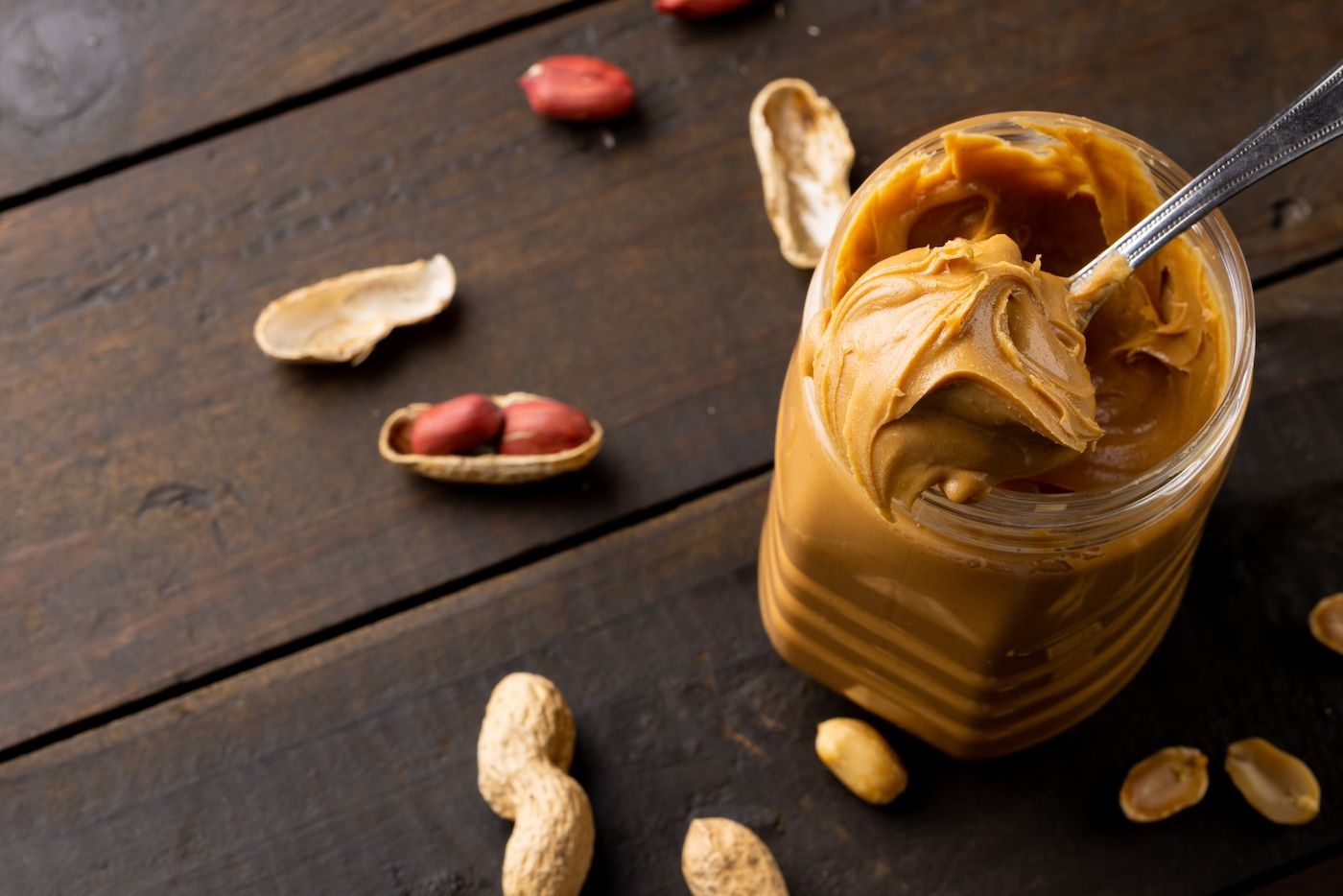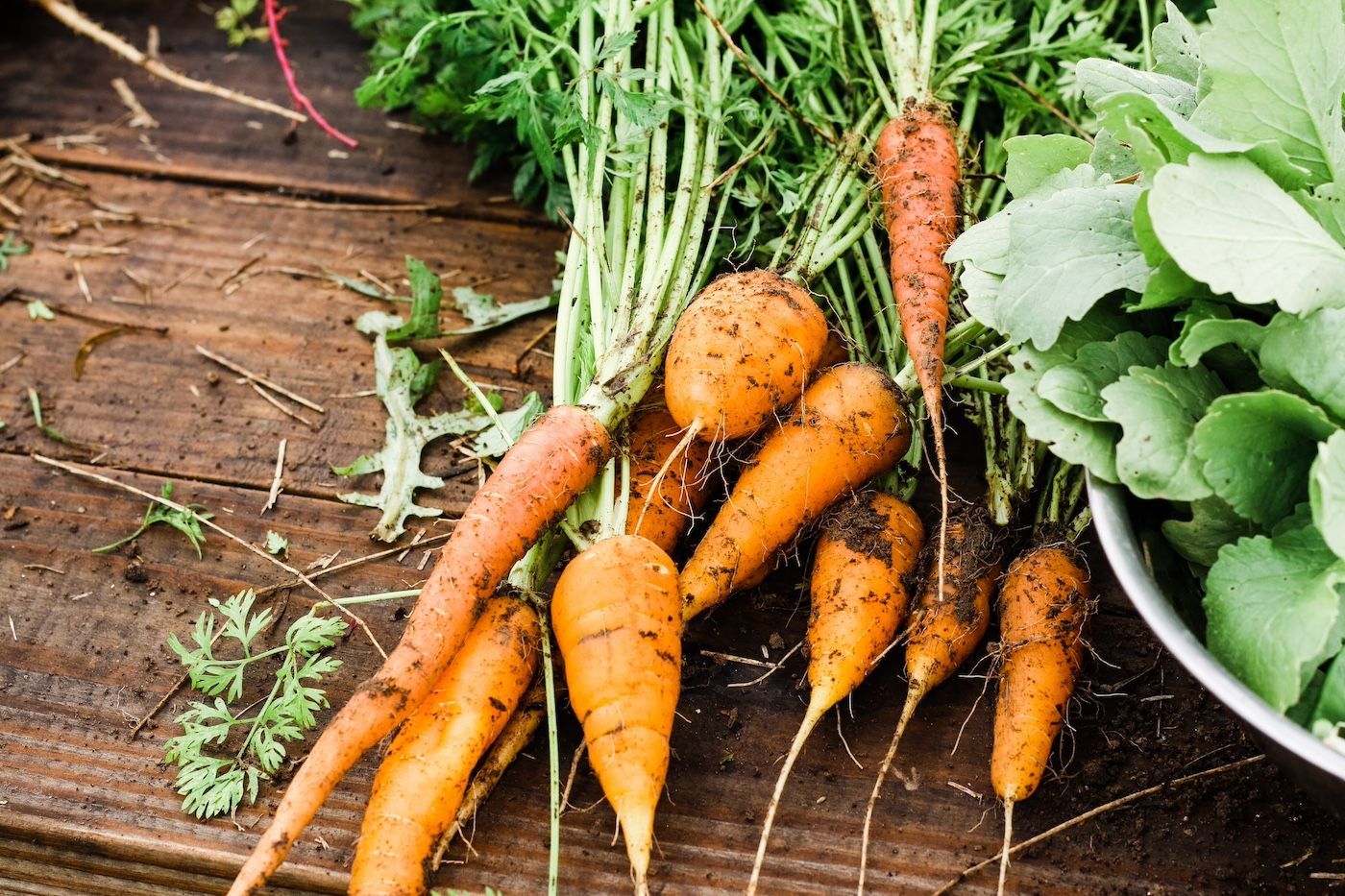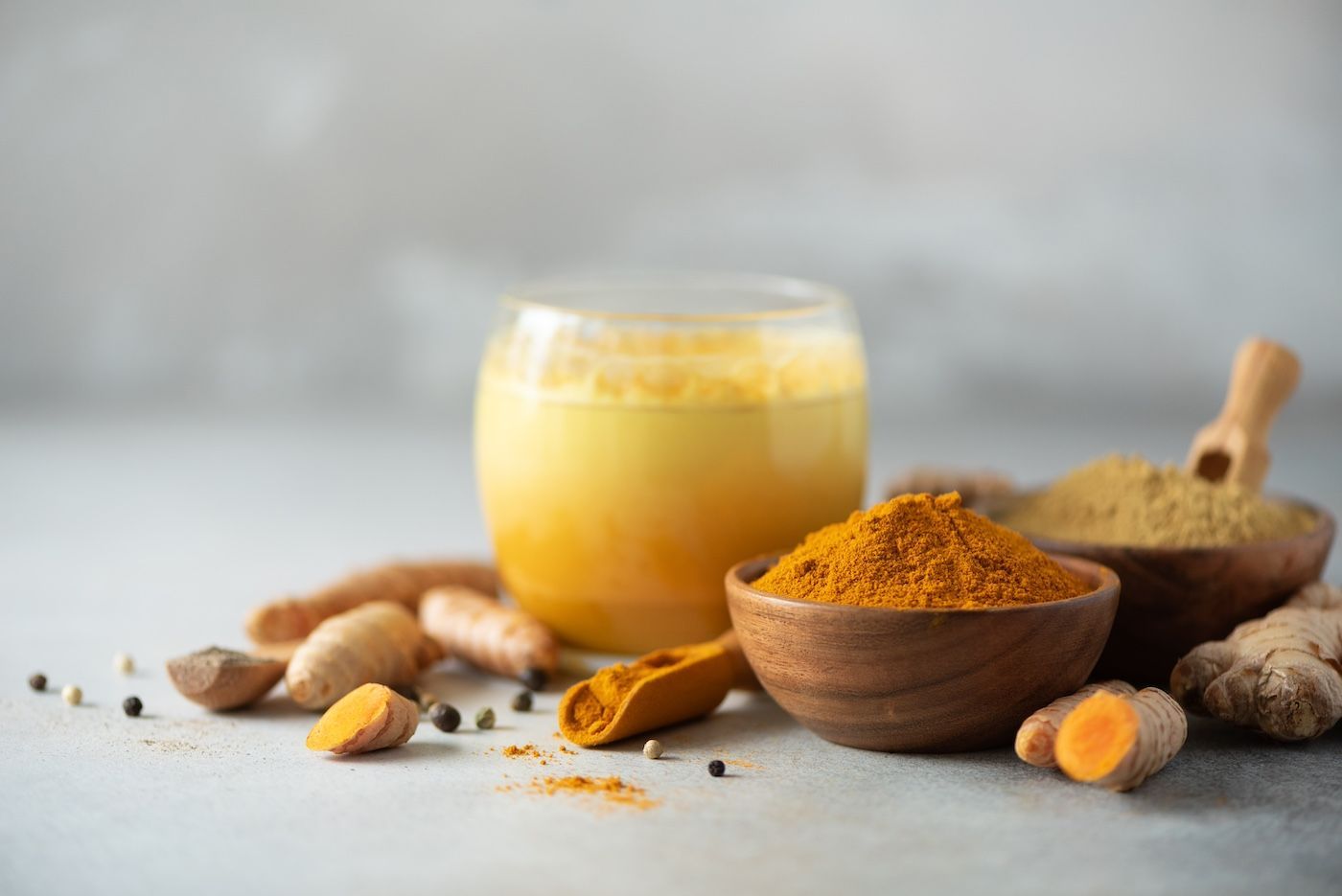Chews Your Health
Swiss Chard

Swiss Chard is a dark leafy green vegetable and is commonly used in most Mediterranean diets (diet rich in vegetables, olive oil, and lean proteins). It comes in a variety of colors and types, such as: Fordhook Giant (has white stalks, most common), Bright Lights (the stalks range from every color of the rainbow and are sweet), Bright Yellow (earthier tasting), and Rhubarb Chard (red stalks and dark green leaves).
Health Benefits of Swiss Chard
Swiss chard contains phytonutrients (nutrients coming exclusively from plants) that have anti-inflammatory and and antioxidant benefits:
Anti-inflammatory: lowers risk of heart disease, obesity, diabetes, and arthritis.
Antioxidants: vitamins A, C, & E and carotenoids fight premature aging and oxidative stress to cells.
Swiss chard can regulate blood glucose levels, and may even help to regenerate pancreatic beta cells (cells important for insulin production), which may help those who are diabetic.
Vitamin K and magnesium found in swiss chard help to protect bone health.
SELECTION & STORAGE
Peak season June through August, but can be found year round
Select leaves that are bright in color and do not show decay, stalks are sturdy.
Store in a closed, airtight plastic bag in the refrigerator crisper drawer, away from light. Do not wash until use, as excess water can cause decay.
How To Use
Swiss chard has oxalic acid which can limit absorption of nutrients and vitamins. You can steam, wilt, boil, or saute to reduce oxalic acid.
Use in side dishes mixed with other vegetables and in salads
In egg dishes like omelettes, frittatas or Middle Eastern/North African shakshuka
Add to pasta dishes like lasagna or penne
Swiss chard is also an excellent addition to soups and potato dishes!








